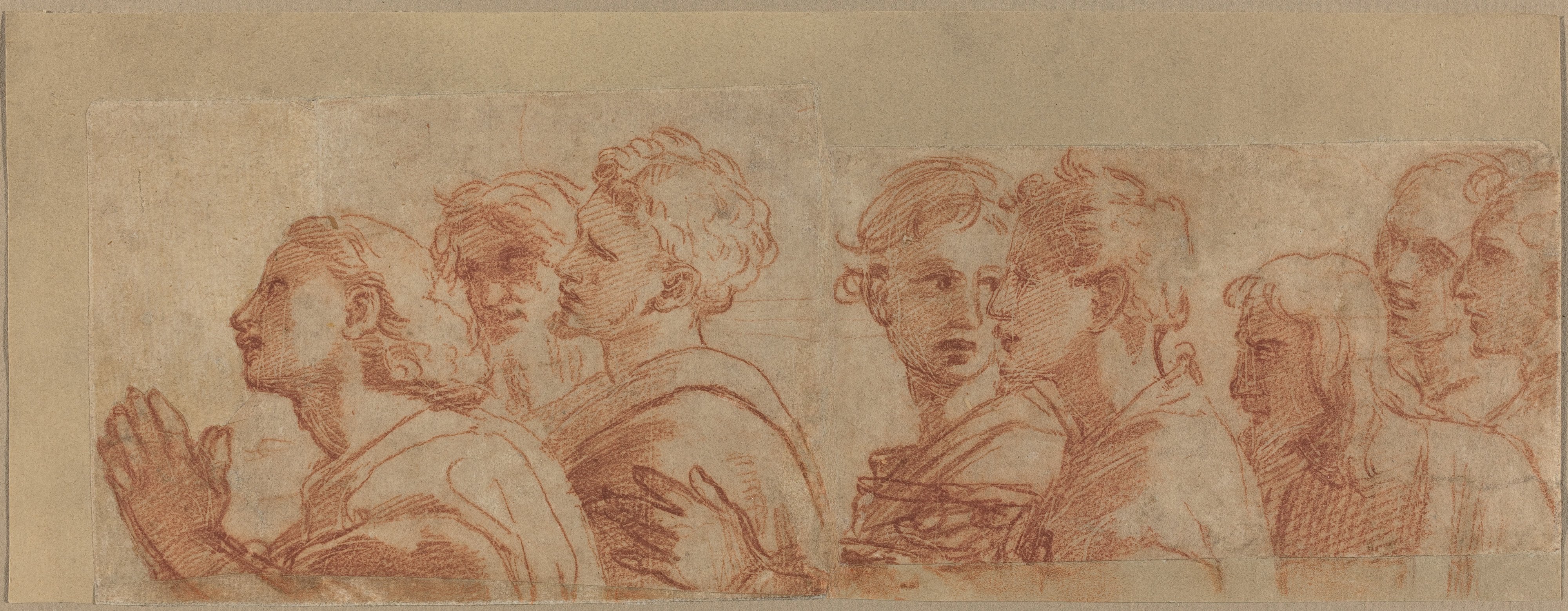
While museums around the globe are closed to the public, we are spotlighting each day an inspiring exhibition that was previously on view. Even if you can’t see it in person, allow us to give you a virtual look.
“Raphael and His Circle”
National Gallery of Art, Washington DC
What the museum says: “Raphael was one of the greatest artistic figures working in the Western classical tradition. To mark the 500th anniversary of his death, the Gallery presents 26 prints and drawings in an intimate installation. These works illustrate how Raphael’s art shaped the standard of aesthetic excellence for later artists, connoisseurs, and scholars.
The exhibition features four drawings by Raphael: the sheet from which the design of his painting Saint George and the Dragon (ca. 1506, National Gallery of Art, Washington) was transferred; the cartoon for the so-called Belle Jardinière (The Virgin and Child with Saint John the Baptist, 1507, Louvre Museum, Paris); a detailed representation of the prophets Hosea and Jonah, a well-known study for part of the frescoes in the church of Santa Maria della Pace in Rome; and a study of eight apostles for the design of the tapestry Christ’s Charge to Peter (ca. 1514, Vatican Museum). Nine drawings by his closest collaborators and followers—Giulio Romano, Polidoro da Caravaggio, and Perino del Vaga—are also on view.”
Why it’s worth a look: On the occasion of the 500th anniversary of Raphael’s death, museums around the world organized exhibitions focusing on how his legacy extended decades beyond his lifetime. Though he died young, at only 37, his mastery of perspective and form was heralded in his lifetime, and he was considered one of the three Renaissance greats, along with Michelangelo and Leonardo da Vinci.
This show at the National Gallery of Art in Washington, DC, takes an intimate look at his works on paper to stress the impressive mastery of his drawings. Alongside works by Raphael himself are those completed by members of his workshop, which was considerably larger than that of almost any other artist of his time. While the museum remains closed indefinitely, check out a virtual tour of the show and see pictures below.
What it looks like:
Raphael, Saint George and the Dragon (ca. 1506). Courtesy National Gallery of Art, DC.
Raphael, Saint George and the Dragon with the painting on view. Courtesy of the National Gallery of Art, Washington.
Raphael, The Madonna and Child with Saint John the Baptist (ca. 1507). Courtesy of the National Gallery of Art, DC.
Raphael, Eight Apostles (ca. 1514). Courtesy National Gallery of Art, DC.
Giulio Romano, Saint Michael, (ca. 1527/1528). Courtesy of the National Gallery of Art.
Giulio Romano, River God (ca. 1528). Courtesy of the National Gallery of Art.
Marcantonio Raimondi, after Raphael, The Massacre of the Innocents (ca. 1511).
Marcantonio Raimondi after Raphael, Il Morbetto (The Plague) (ca. 1512/1513). Courtesy of the National Gallery of Art, DC.
Marcantonio Raimondi after Raphael, Apollo on Parnassus (1515/1520). Courtesy of the National Gallery of Art, DC.
Pietro Perugino, The Adoration of the Shepherds (ca. 1517). Courtesy of the National Gallery of Art, DC.
Master of the Die after Raphael, Apollo and Marsyas (1530s). Courtesy of the National Gallery of Art.